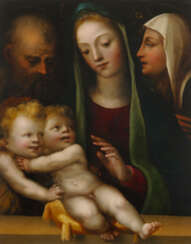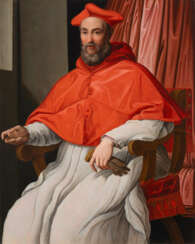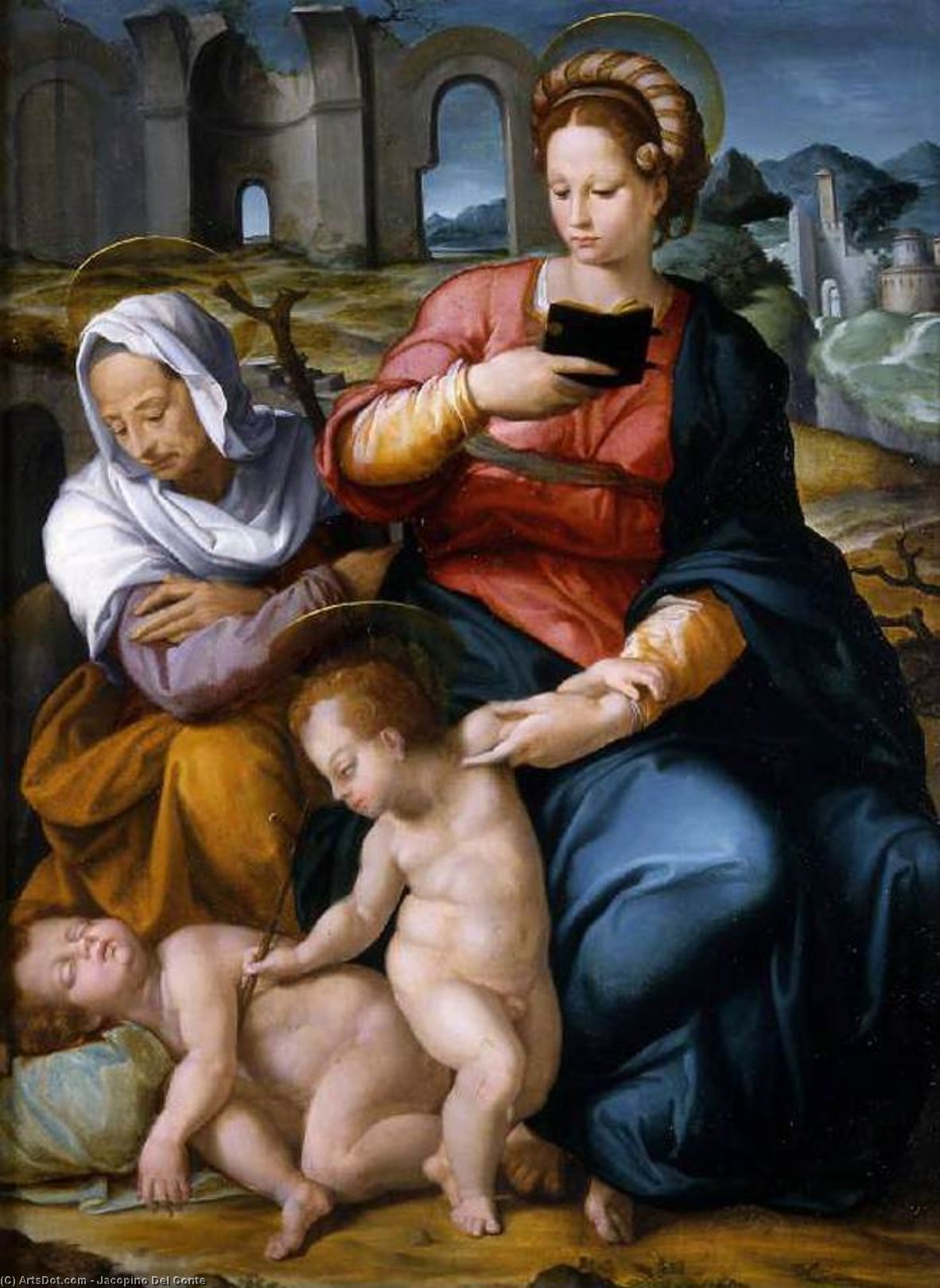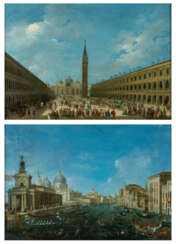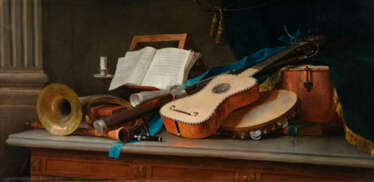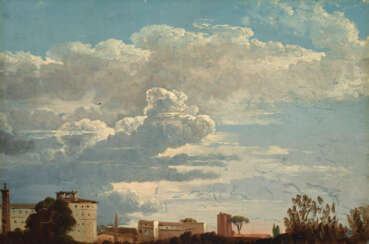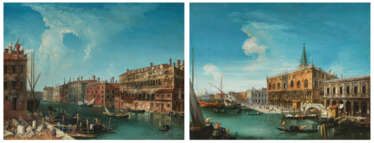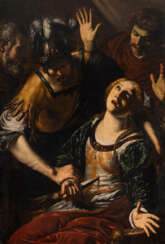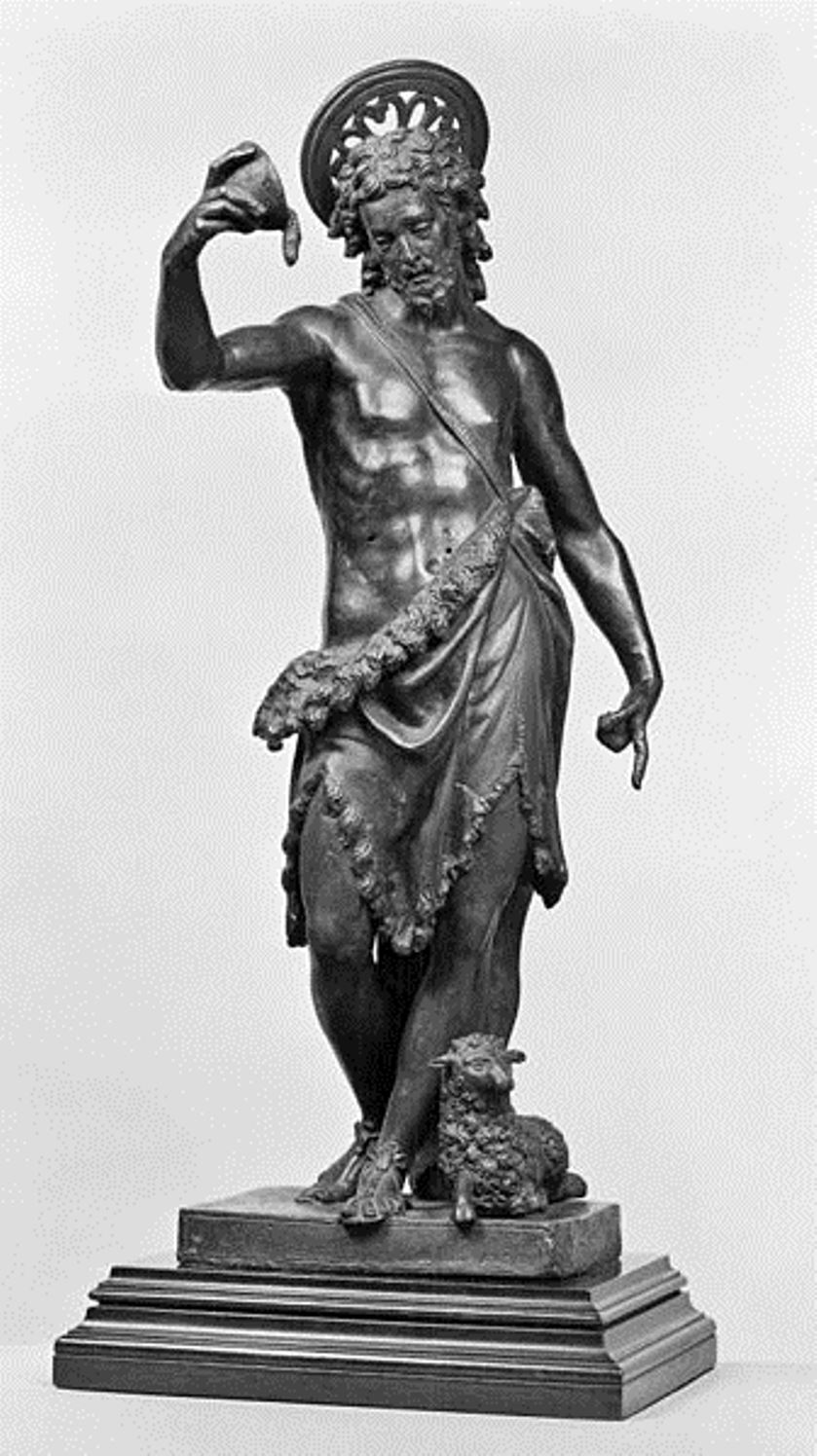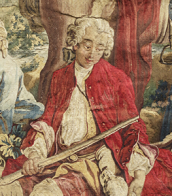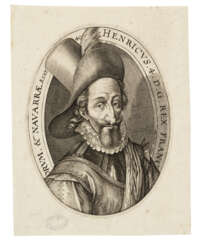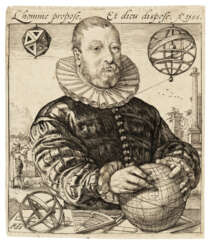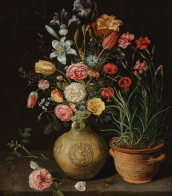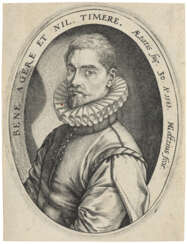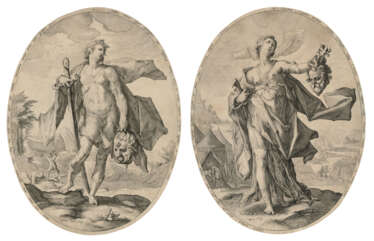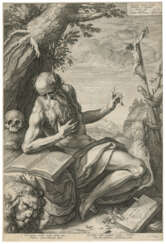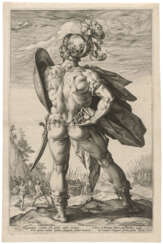Mannerism — Auction price
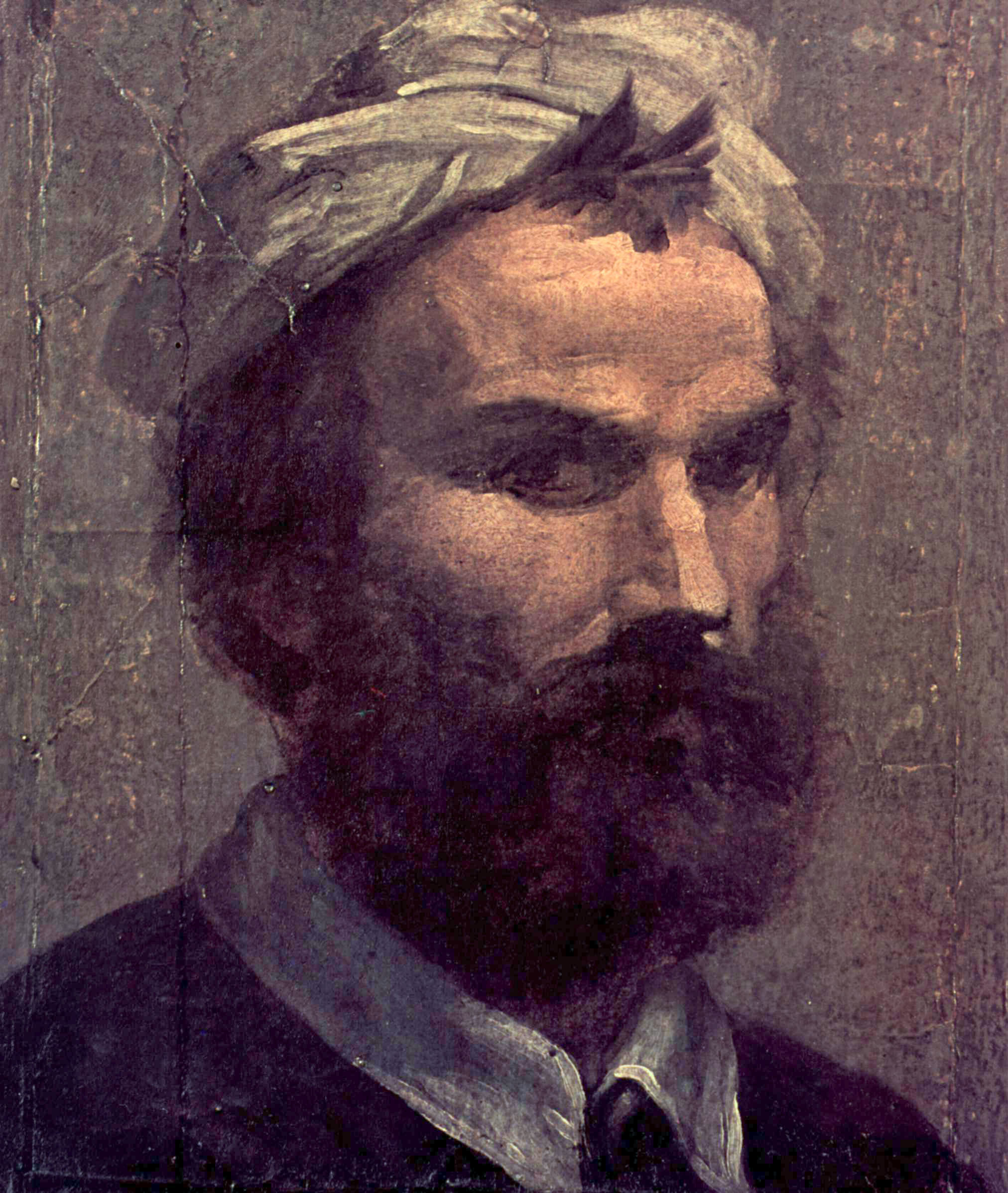
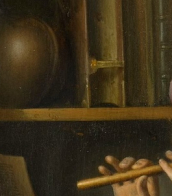
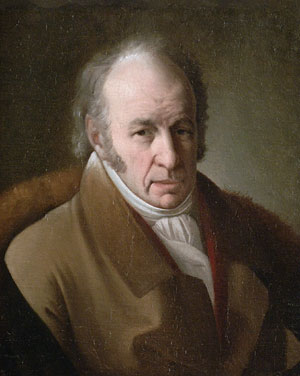
Giuseppe Bernardino Bison was an Italian painter celebrated for his mastery in frescoes, landscapes, vedute, capriccios, and religious works. Bison's journey through art took him across Italy, leaving a legacy that bridged the 18th and 19th centuries. His education under the tutelage of Gerolamo Romani and Constantino Cedini at the Accademia of Venice laid the foundation for a career influenced by the luminaries of Venetian painting, such as Tiepolo and Francesco Guardi.
Bison's eclectic and versatile style made him a pivotal figure in prolonging the vedutist tradition. His oeuvre includes a significant number of graphic works alongside his frescoes and easel paintings, which often depicted topographical vedutas and fantasy scenes. He worked in various cities, including Ferrara, Trieste, and Padua, leaving behind numerous palaces and villas adorned with his frescoes.
His art found a market among the affluent non-aristocrats of the time, collaborating with art dealer Tosoni to produce landscapes and vedute that catered to local tastes. Despite his success in places like Trieste, Bison's later years in Milan were marked by smaller commissions and financial struggles.
Bison's works are preserved in esteemed collections worldwide, including the Cooper Hewitt, Princeton University Art Museum, University of Michigan Museum of Art, Clark Art Institute, Detroit Institute of Arts, and the Metropolitan Museum of Art, among others. His paintings, such as "The Arsenale in Venice," "The Hermits of Thebes," and "Capriccio of Padua," continue to captivate audiences with their intricate detail and historical value.
For collectors and experts in art and antiques, Bison's legacy offers a unique glimpse into the transition of Italian painting from the 18th to the 19th century. His ability to blend realism with fantastical elements makes his work a fascinating study in the evolution of European art.
For updates on exhibitions, sales, and auctions related to Giuseppe Bernardino Bison's works, sign up for our newsletter. Stay informed on the latest discoveries and opportunities to acquire pieces by this remarkable Italian artist.


Anne Vallayer-Coster was a renowned French artist, celebrated for her exceptional still-life paintings that captivated 18th-century art enthusiasts, including the French Queen Marie Antoinette. Born into an artistic family in 1744, Vallayer-Coster's talent was evident early on, leading to her unanimous election into the prestigious Académie Royale at just 26 years old. Her works, characterized by their vibrant color, meticulous detail, and textural precision, often depicted bowls of fruit, game, shells, and flowers, showcasing the opulence of French aristocracy before the Revolution.
Vallayer-Coster's career was notable not only for her artistic achievements but also for her ability to navigate the male-dominated art world of her time. Despite the societal constraints on women artists, she gained the patronage of influential figures like Marie Antoinette and was one of the few women admitted to the Royal Academy of Painting and Sculpture. Her work received critical acclaim at the Salon, where she exhibited regularly from 1771 until 1817, and her still-lifes were praised for their sensuality, illusionistic perfection, and the rich, indulgent luxury they portrayed.
One of Vallayer-Coster's most ambitious works, Still Life with Flowers in an Alabaster Vase and Fruit (1783), exemplifies her unparalleled skill in capturing the soft textures of flowers and their harmonious arrangement. This masterpiece was hailed as such at the Salon of 1783 and is considered by Vallayer-Coster herself as her finest painting. Lost for nearly two centuries, it was recently rediscovered in an almost pristine state and is now part of the National Gallery of Art's collection, highlighting Vallayer-Coster's significant contributions to European art history.
Throughout her career, Vallayer-Coster produced more than 120 still lifes, always with a distinctive brilliance in color, earning her a place among the elite artists of her time. Despite facing challenges during the French Revolution due to her close association with the monarchy, she continued to exhibit her work and contribute to the art world until her death in 1818.
For collectors and experts in art and antiques, Anne Vallayer-Coster's legacy is a testament to her skill, resilience, and the impact of her work on the history of art. To stay updated on new product sales and auction events related to Anne Vallayer-Coster, sign up for updates that focus solely on this exceptional artist's contributions to the art world.

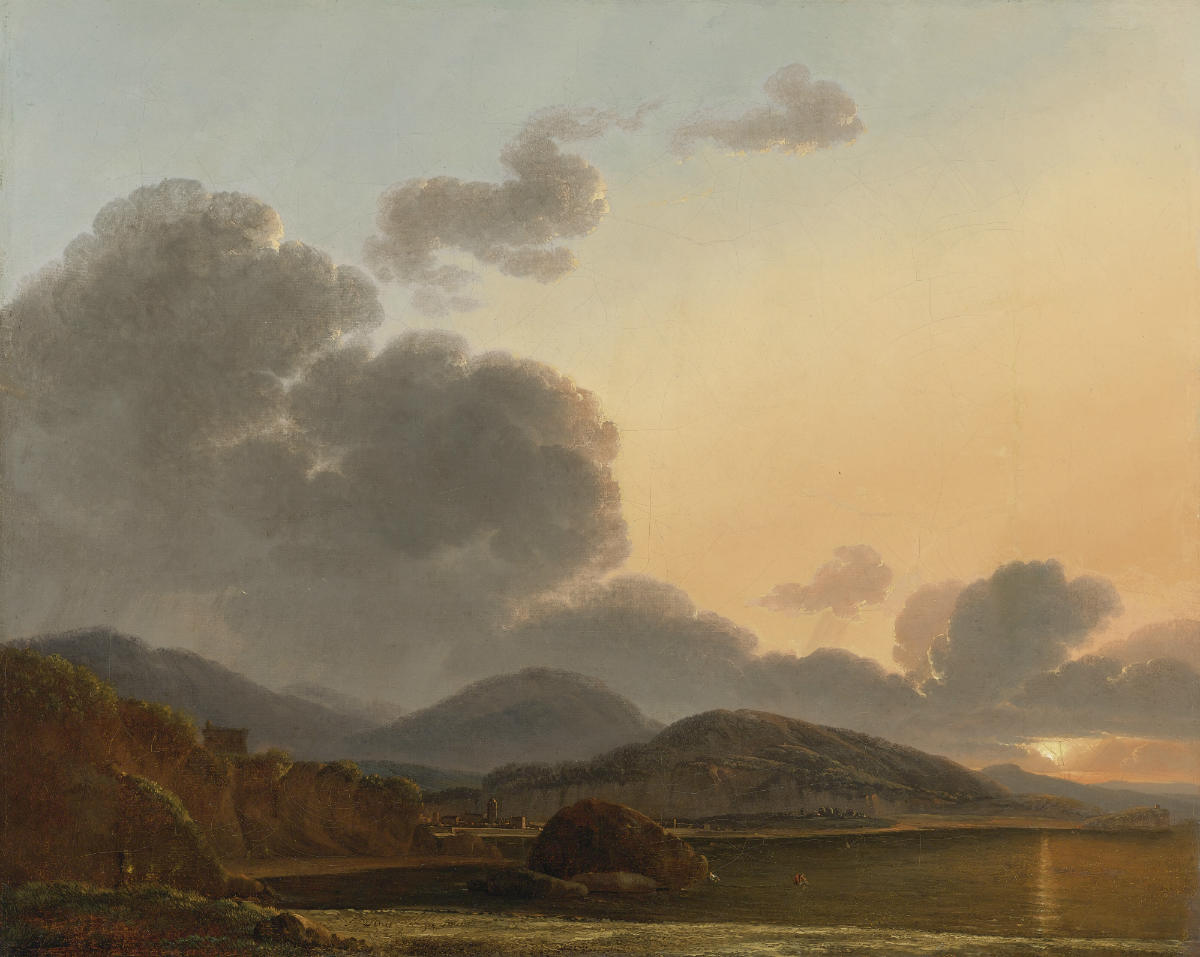
Simon Denis, a Belgian painter, is celebrated for his significant contributions to landscape painting. His journey in art took him from his native Antwerp, where he initially honed his skills under the tutelage of landscape and animal painter H.-J. Antonissen, to the bustling artistic scenes of Paris and ultimately to Italy, where he spent the majority of his career.
Denis's move to Rome in 1786, facilitated by the support of genre painter and art dealer Jean-Baptiste-Pierre Lebrun, marked the beginning of a prolific period in which his work attracted favorable attention. His marriage to a local woman in 1787 and his active participation in both the Flemish and French artistic communities in Rome underscore his integration into and influence on the local art scene. Notably, his technique was characterized by an exact and detailed approach, especially in his depictions of famous Italian landscapes, such as the waterfalls of Tivoli near Rome. This meticulous attention to naturalistic details and light effects distinguished his work during his time in Italy.
Denis's election to the prestigious Accademia di San Luca in 1803 attests to his recognition among his peers. In 1806, he settled in Naples, where he became the court painter to Joseph Bonaparte and later a professor at the Accademia di Belle Arti. His influence extended to teaching, with landscape painter Prosper Barrigue de Fontainieu among his pupils, demonstrating his role in shaping the next generation of artists.
Simon Denis's works, including "Study of Clouds with a Sunset near Rome" and "Landscape near Rome during a Storm," are held in prestigious collections such as the J. Paul Getty Museum and The Metropolitan Museum of Art, ensuring his lasting legacy in the annals of art history. For collectors and experts in art and antiques, Denis's oeuvre offers a window into the evolution of landscape painting, characterized by an immersive exploration of nature and meticulous attention to atmospheric effects.
To stay informed about new discoveries, sales, and auctions related to Simon Denis's works, signing up for our newsletter is recommended. This subscription is an invaluable resource for those looking to deepen their understanding of Denis's impact on landscape painting and to keep abreast of opportunities to acquire pieces by this masterful Belgian artist.

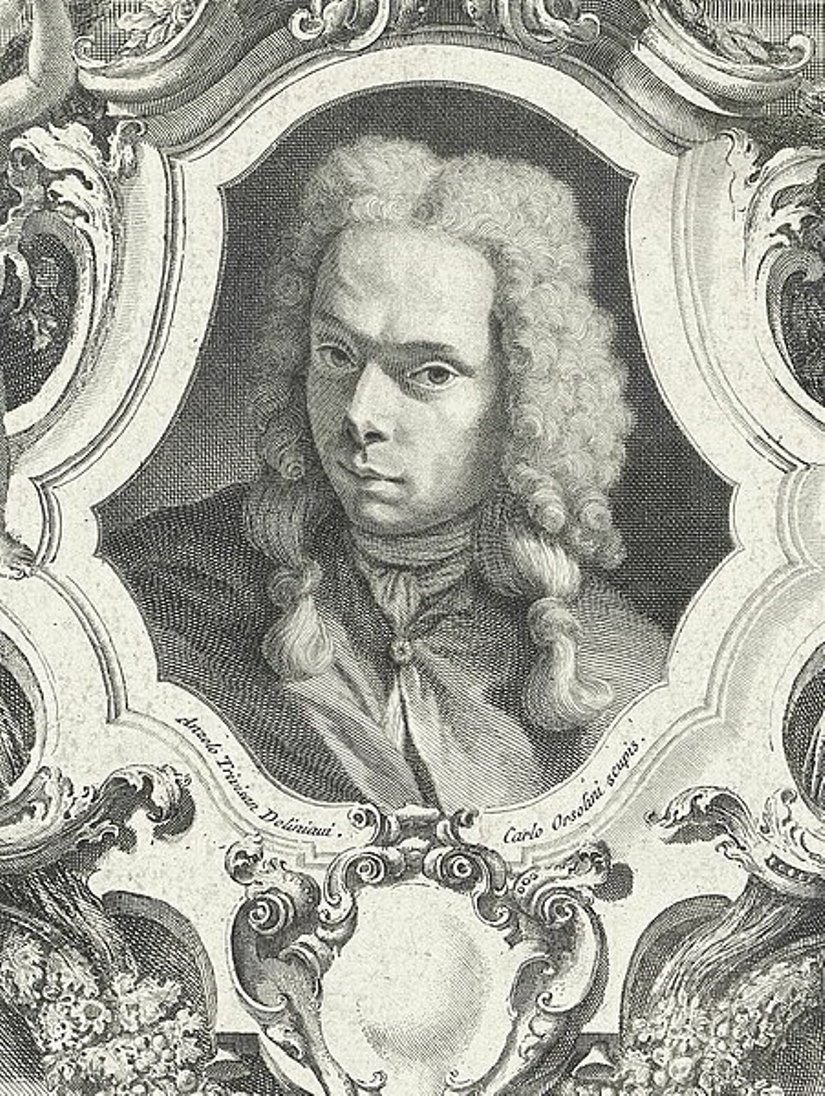
Michele Marieschi was an Italian painter, known for his landscape and cityscape paintings, primarily of Venice. Born in 1696, Marieschi was a pivotal figure in the veduta genre, a style focusing on detailed and often idealized representations of cityscapes. His works are celebrated for their architectural detail and the lively, fresh use of paint, distinguishing him from his contemporaries like Canaletto. Michele Marieschi's paintings often featured exaggerated perspectives, infusing scenes from life with the novelty of capricious invention.
His career included a significant period from 1735 to 1741 when he was registered with the Venetian painters' guild, indicating his recognition and establishment within the Venetian art community. In 1741, Marieschi published a set of 21 prints of Venice, providing a lasting legacy of his perspective on the city's unique landscape. This collection, titled "Magnificentiores Selectioresque Urbis Venetiarum Prospectus," included a self-portrait, underscoring his role in documenting Venice's architectural splendor.
Michele Marieschi's approach to vedute was influenced by his early work in scenery painting, allowing him to create urban views marked by an inventive use of perspective. This stylistic choice offered a new dimension to scenes taken from life, setting Marieschi apart from his peers.
For collectors and experts in art and antiques, Michele Marieschi's works represent a unique blend of architectural precision and imaginative composition. His influence on later painters, including Francesco Guardi, underscores his importance in the development of the veduta genre.
To stay informed about new discoveries, sales, and auction events related to Michele Marieschi's work, signing up for updates from relevant art institutions and auction houses is recommended. This subscription ensures that enthusiasts and collectors remain abreast of the latest developments related to this master of the Italian cityscape.

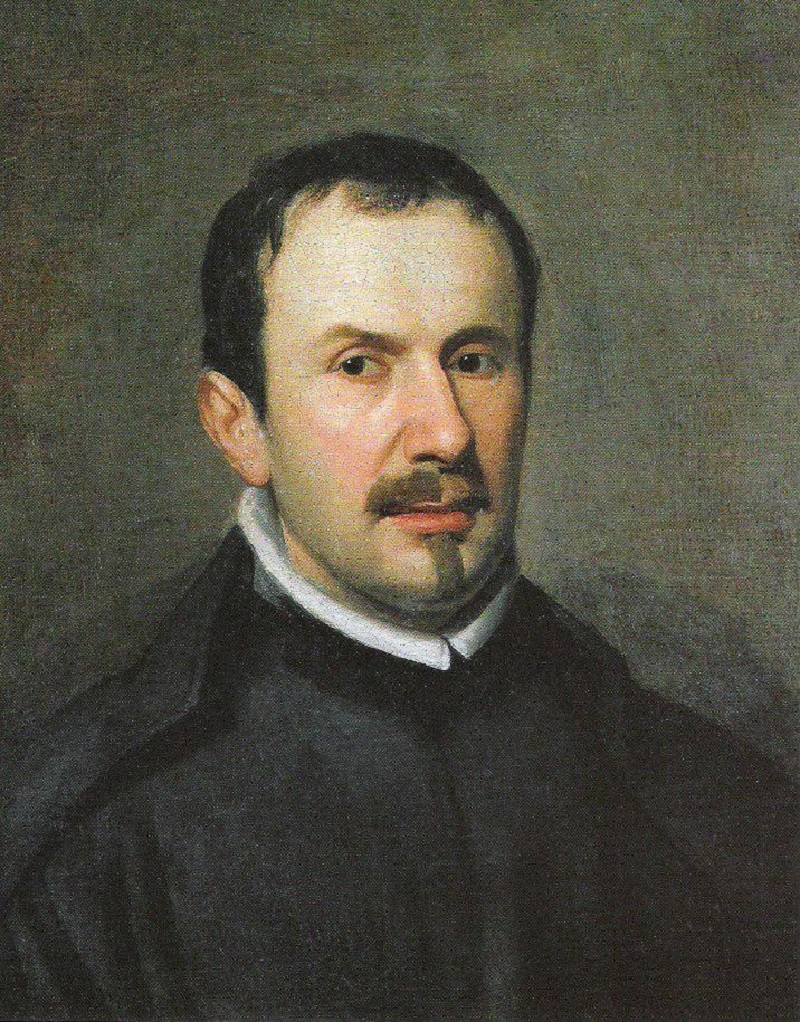
Juan van der Hamen y León was a masterful Spanish painter, celebrated for his exquisite still life paintings during the Golden Age of Spanish art. Born in Madrid in 1596 to a Flemish family, his works were highly esteemed by the court and the aristocracy, reflecting his prominent role in Madrid's cultural life. Despite his relatively short life, uan van der Hamen y León left a significant mark on the art world with his detailed and realistic depictions of everyday objects, florals, and food that were so sought after that he established a workshop to meet demand.
Juan van der Hamen y León was not only a pioneer in flower painting but also excelled in portraits, including one of a dwarf that predated Velázquez's similar subjects, showcasing his naturalistic style. His still lifes, characterized by their Flemish influence and meticulous attention to texture and light, brought a new dimension to the genre in Spain. His compositions often featured asymmetrical arrangements of objects on various levels, creating rich, complex spatial constructions that set his work apart.
His religious works, though less known today, along with his portraits, contributed to his fame. One notable portrait series included prominent intellectuals and writers of his era, indicating his close ties with the literary figures of the Spanish Golden Age.
Juan van der Hamen y León's legacy is preserved in major European and American museums, with exhibitions like the one held in 2006 at the Royal Palace of Madrid and the Meadows Museum of Art in Dallas, highlighting his significant contributions to art history.
For collectors and experts in art and antiques, Juan van der Hamen y León's oeuvre represents a crucial intersection of cultural, historical, and artistic excellence. His ability to capture the essence of his subjects with such vivacity and detail continues to captivate audiences today.
To stay informed about new discoveries, sales, and auction events related to Juan van der Hamen y León's works, consider signing up for updates. This subscription ensures that enthusiasts and collectors are kept abreast of opportunities to enrich their collections with pieces by this illustrious artist, deepening their connection to the rich tapestry of Spanish art history.

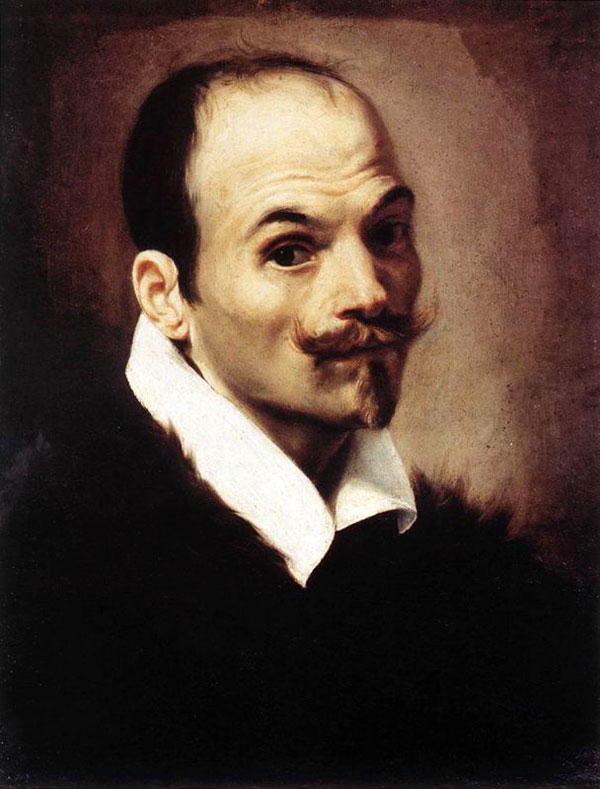
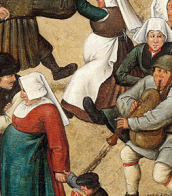
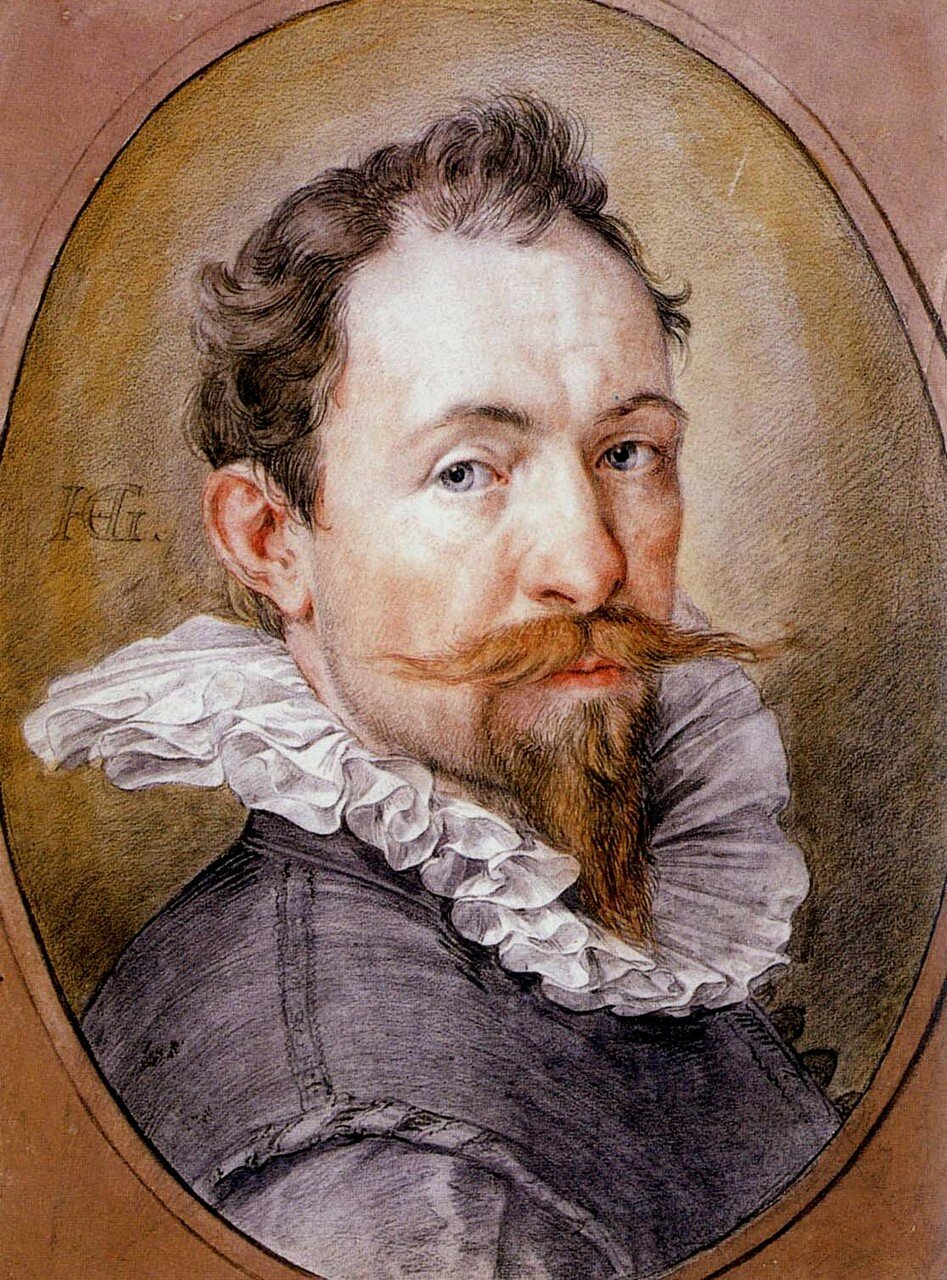
Hendrick Goltzius was a German-born Dutch printmaker, draftsman, and painter. He was the leading Dutch engraver of the early Baroque period, or Northern Mannerism, lauded for his sophisticated technique, technical mastership and "exuberance" of his compositions. According to A. Hyatt Mayor, Goltzius "was the last professional engraver who drew with the authority of a good painter and the last who invented many pictures for others to copy". In the middle of his life he also began to produce paintings.


Hendrick Goltzius was a German-born Dutch printmaker, draftsman, and painter. He was the leading Dutch engraver of the early Baroque period, or Northern Mannerism, lauded for his sophisticated technique, technical mastership and "exuberance" of his compositions. According to A. Hyatt Mayor, Goltzius "was the last professional engraver who drew with the authority of a good painter and the last who invented many pictures for others to copy". In the middle of his life he also began to produce paintings.


Hendrick Goltzius was a German-born Dutch printmaker, draftsman, and painter. He was the leading Dutch engraver of the early Baroque period, or Northern Mannerism, lauded for his sophisticated technique, technical mastership and "exuberance" of his compositions. According to A. Hyatt Mayor, Goltzius "was the last professional engraver who drew with the authority of a good painter and the last who invented many pictures for others to copy". In the middle of his life he also began to produce paintings.
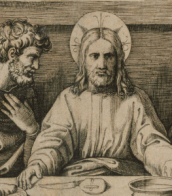

Hendrick Goltzius was a German-born Dutch printmaker, draftsman, and painter. He was the leading Dutch engraver of the early Baroque period, or Northern Mannerism, lauded for his sophisticated technique, technical mastership and "exuberance" of his compositions. According to A. Hyatt Mayor, Goltzius "was the last professional engraver who drew with the authority of a good painter and the last who invented many pictures for others to copy". In the middle of his life he also began to produce paintings.


Hendrick Goltzius was a German-born Dutch printmaker, draftsman, and painter. He was the leading Dutch engraver of the early Baroque period, or Northern Mannerism, lauded for his sophisticated technique, technical mastership and "exuberance" of his compositions. According to A. Hyatt Mayor, Goltzius "was the last professional engraver who drew with the authority of a good painter and the last who invented many pictures for others to copy". In the middle of his life he also began to produce paintings.

